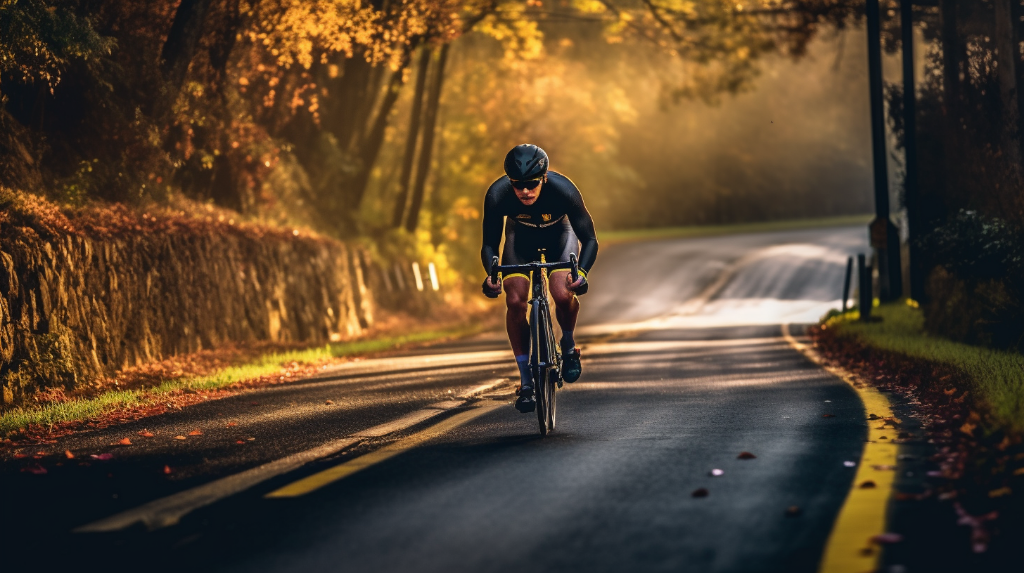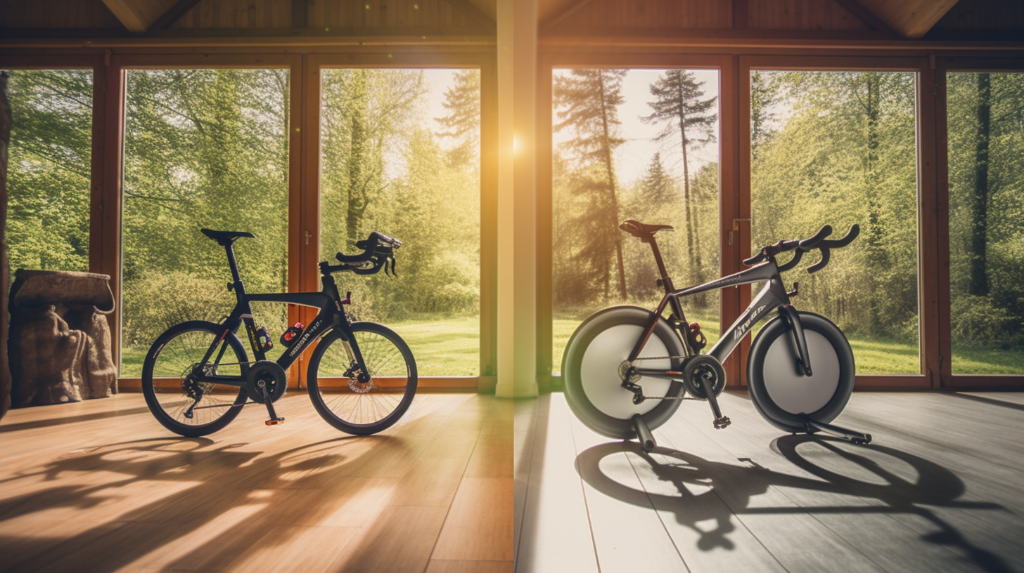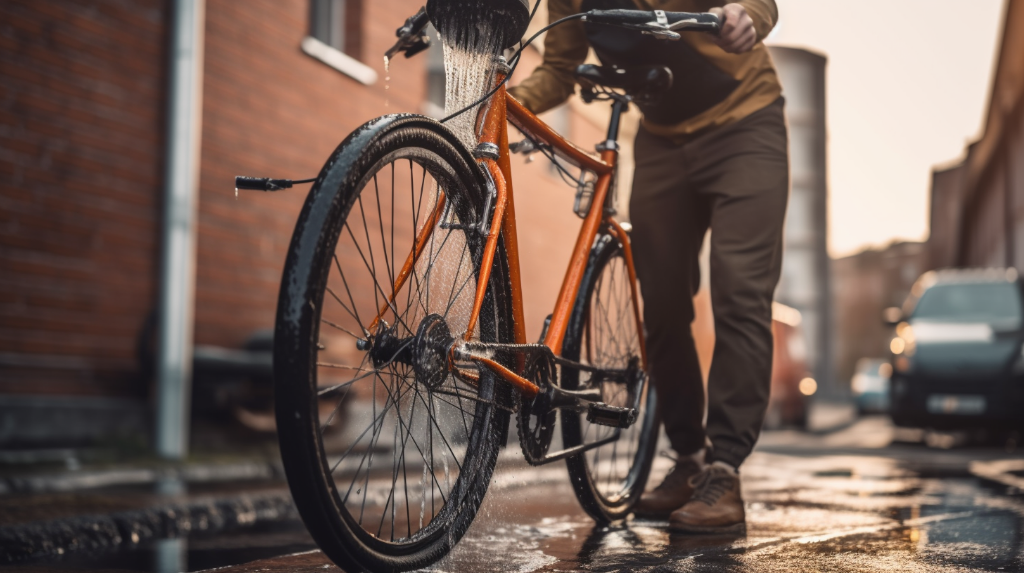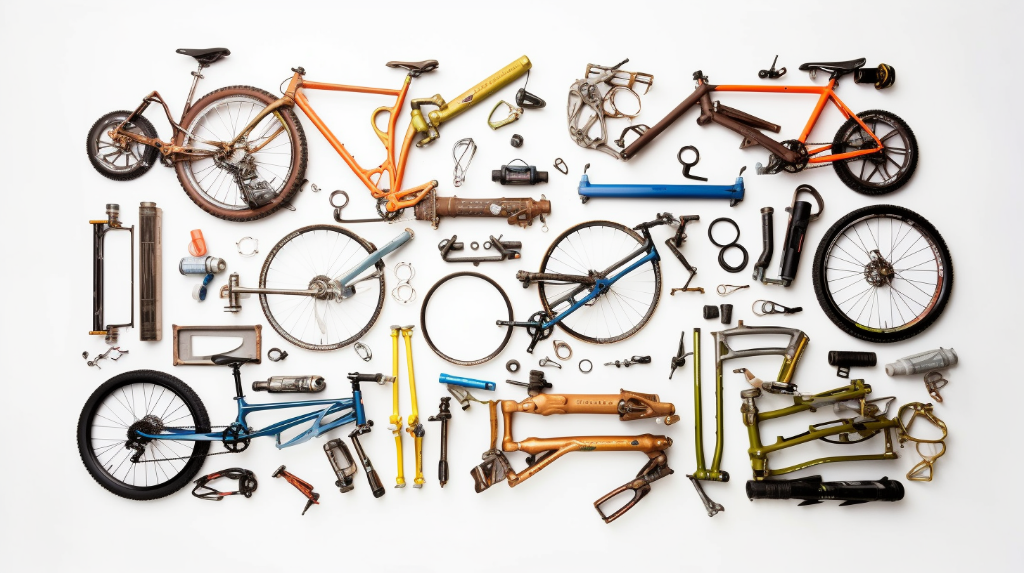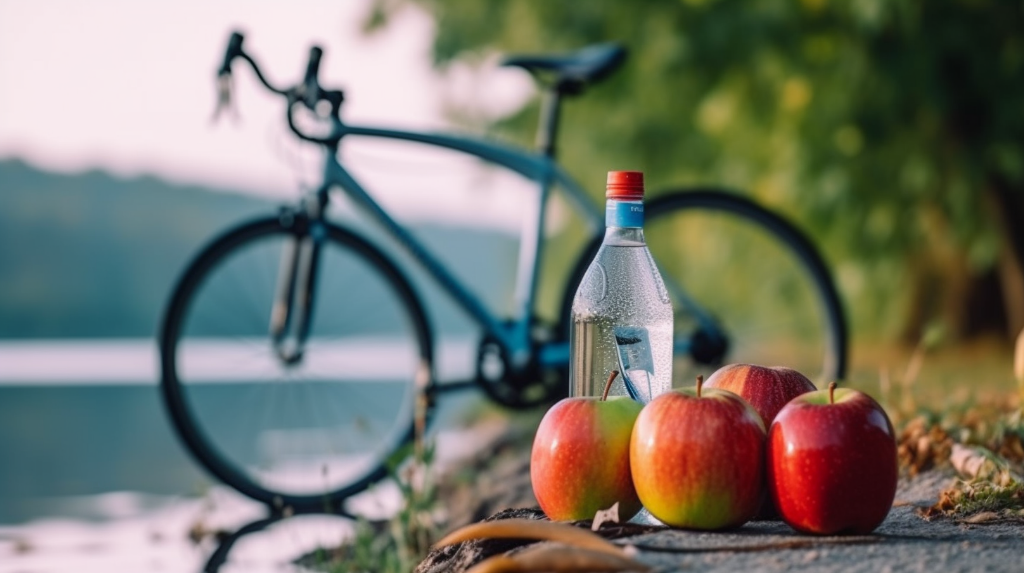How to Choose Your First Bike?
Choosing your first bike is an exciting moment. It’s like picking your first car or your first guitar. It’s a choice that can shape your cycling journey from the get-go. With so many different types of bikes available, it’s important to choose one that suits your needs and preferences. Whether you want to cycle in the city, off-road, or for fitness, there’s a bike that’s just right for you.
Let’s dive right into it and help you pick your first bike.
Why Your First Bike Matters
Your first bike plays a pivotal role in shaping your cycling experience. The right bike not only motivates beginners but also boosts their confidence. A bike that’s comfortable and easy to handle can make learning quicker and more enjoyable. So, why settle for anything less than perfect?
What to Consider Before Choosing Your First Bike
Before you embark on your quest to find your first bike, there are several factors to consider. First and foremost is your physique. Not all bikes are designed for all body types. You need to find a bike that you can comfortably mount, dismount, and ride.
The intended use of the bike is another crucial factor. Do you plan to use it for commuting, fitness, or leisure? Different uses call for different types of bikes. Last but not least, your budget plays a significant role in your choice. Bikes come in a wide range of prices, and it’s important to choose one that fits your financial plan.
Think about these factors, take your time, and then start your bike hunt. Remember, it’s about finding the right bike, not the most expensive or the most trendy one.
Understanding Different Types of Bikes
So, you’ve decided to start your cycling journey, but where to begin with the multitude of bikes out there? Fear not, we’re here to break down the basics for you. There’s a wide variety of bikes available in the market, each designed to serve a specific purpose. Let’s dive into the details.
Road Bikes
Ever seen a cyclist whizzing past you on the highway? Chances are, they were riding a road bike. These are lightweight and designed for speed, with thin tires and a slim frame. They’re perfect for those who want to ride on paved paths and city streets, and value speed above all else.
Don’t forget though, the seating position can be a bit aggressive for beginners. But once you get used to it, there’s no beating the thrill of speed these bikes can offer!
Mountain Bikes
Are you an adventure seeker who loves off-road trails? Then, mountain bikes might be the one for you. They are designed with a rugged frame and wide, knobby tires to handle off-road terrain. Their suspension system also helps in absorbing shocks from bumpy trails, making your ride smoother.
Remember, they’re not as fast as road bikes on pavement, but they’re unbeatable when it comes to tackling dirt trails and rocky paths.
Hybrid Bikes
Can’t decide between a road bike and a mountain bike? Why not get the best of both worlds with a hybrid bike! As the name suggests, these bikes combine the features of both road and mountain bikes, making them incredibly versatile.
They have a more comfortable upright seating position like a mountain bike, but also possess the lighter frame and thinner tires of a road bike. If you’re someone who loves variety in their cycling routes, this could be the perfect choice!
How to Determine the Right Bike Size
Choosing a bike that fits you well is crucial. The right size can make your ride comfortable and enjoyable, while the wrong size can lead to discomfort or even injuries. But how do we determine the right bike size?
Most bikes are sized by their frame size (the length of the seat tube), and your height is the primary factor in determining the frame size you need. If you’re between sizes, it’s generally best to go with the smaller size. You can always raise the seat or move it forward to adjust the fit.
Remember, comfort is key when choosing a bike size. The best way to see if a bike fits you is to actually get on it and try it out!
Setting Your Budget
When it comes to purchasing your first bike, setting a reasonable budget is crucial. The price of bikes can vary greatly, depending on factors such as the type, quality, and brand. But did you know that there’s a bike for every budget? That’s right! Whether you have a modest budget or you’re willing to splurge, there’s a bike out there for you.
However, it’s important to remember that the cost of a bike doesn’t end at the purchase price. You should also consider ongoing costs like maintenance, upgrades, and accessories. Cycling, like any other hobby, requires a certain level of investment, but the health benefits and the joy of riding make it all worthwhile, don’t you agree?
| Type of Bike | Price Range | Features |
|---|---|---|
| Road Bikes | $500 – $2000 | Lightweight, built for speed, ideal for paved surfaces |
| Mountain Bikes | $400 – $3000 | Durable, designed for off-road cycling, great suspension |
| Hybrid Bikes | $300 – $1500 | Combines features of road and mountain bikes, versatile |
Where to Buy Your First Bike
Okay, you’ve done your research, you’ve set your budget, and now you’re ready to buy your first bike. But where do you go? Well, there are several options available to you, each with its own pros and cons.
Local bike shops are a great place to start. They often offer personalized service, expert advice, and the opportunity to try before you buy. However, their prices may be slightly higher than what you’d find online.
Speaking of online, there are many reputable online retailers that offer a wide range of bikes at competitive prices. But be aware, buying a bike online means you won’t have the chance to try it out first. And then there’s the second-hand market, which can be a great way to get a high-quality bike at a lower price, though it requires a bit more knowledge and caution.
- Trek Bikes: Known for their high-quality bikes for all types of riders. They offer free shipping and have a comprehensive website with plenty of information.
- Chain Reaction Cycles: This online retailer offers a wide range of bikes at different price points. They also have regular sales and discounts.
- Evans Cycles: A UK-based online store that ships internationally. They offer a wide range of bikes and cycling gear.
- Performance Bicycle: Offers a variety of bikes for different cycling disciplines. They have a great customer service and a flexible return policy.
Test Ride and Final Decision
Have you ever wondered why test rides are so important when buying a bike? It’s because a bike that looks perfect on paper might not feel so perfect once you’re actually riding it. So, when you’ve narrowed down your choices, it’s time for a test ride. It’s your opportunity to see how the bike handles, how it fits your body, and whether it’s comfortable to ride.
During your test ride, pay attention to how the bike feels under you. Is the seat comfortable? Do the handlebars feel natural in your hands? Can you reach the pedals easily without straining? These are all crucial points to consider. Remember, you’ll be spending a lot of time on this bike, so it needs to feel right.
Necessary Gear and Accessories
Now that you’ve found your perfect bike, it’s time to gear up. Safety should always be your top priority when cycling, so a good quality helmet is a must. But that’s not all. Lights, locks, and other accessories play an important role in making your cycling experience safe and enjoyable.
Here’s a list of necessary gear and accessories for new cyclists:
- Helmet
- Bike lights
- Bike lock
- Water bottle and holder
- Bike pump
- Spare tubes and a small tool kit
- Cycling shorts and gloves for comfort
- A bell or horn for safety in traffic
Understanding Basic Bike Maintenance
Getting a new bike is exciting, but your responsibility doesn’t end with the purchase. Regular maintenance is key to keeping your bike in good working condition. Think of it this way: your bike is like a pet, it needs regular care to stay happy!
Some basic bike maintenance tasks include cleaning your bike regularly, keeping the chain lubricated, checking the tire pressure, and making sure all the bolts are tight. Don’t worry, these tasks are simple to do and don’t require a lot of special tools. Plus, taking care of your bike can actually be a rewarding experience in itself.
Remember, the journey of becoming an avid cyclist begins with choosing the right bike. Take your time, do your research, and make sure the bike you choose is something that you genuinely love and are comfortable riding. Isn’t it exciting to think of all the places your new bike will take you? Happy cycling!




